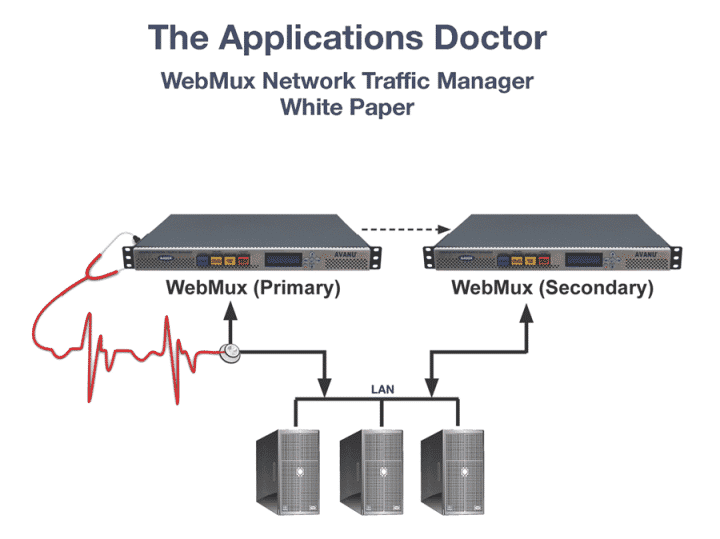The Application Delivery Network Load Balancer Market
Your company’s network is indispensible, whether it serves internal operations or external customers and prospects. Everyone’s livelihood depends on a reliable and secured network, so could it make good business sense to change your network?
To decide, it is vital to ask yourself if your network always performs at its full potential even during peak traffic times, providing maximum service and availability for both your organization and your customers. If not, the hidden costs are enormous. Employees may take longer to do their work. Existing and potential customers may lose patience and move to your competitors. These hidden cost dangers are easy to overlook, but could be dramatically reduced by a wise network change.
One high payoff network change is to invest in an application delivery network load balancing solution. Common terms used for this include network traffic manager (NTM), application delivery controlller (ADC), load balancer (LB), hardware load balancer (HLB), network load balancer (NLB), server load balancer (SLB), and local traffic manager (LTM). A load balancing solution will control such costs by securely delivering and reliably directing local data traffic for TCP or UPD applications and services to and from your internal network of servers.
There are many choices in load balancer solutions. How do you pick one wisely, so its cost doesn’t eat up thesavings? For any load balancing solution you may consider, ask yourself questions such as these:• What is its out-the-door price?
• Do I need certification and training to install it myself?
• Must I hire certified personnel to do the configuration and installation? How much does this cost in time and money?
• Is it easy to maintain without having certified or trained personnel?
• Does the initial price include product configuration?
• Will the product continue to meet my future requirements as my network evolves without paying extra for “add-onâ€
features?
• How much does the manufacturer charge for new product features?
• How much does annual support and product registration cost?
• Are there annual royalty fees?
Some considerations are harder to quantify in monetary terms:
• How good is its quality of service, both before and after purchase?
• How reliable is it?
• How long has it been on the market?
What about products with multiple functions that integrate load balancing with other services?
• Are there hidden unnecessary costs for the load balancing configuration?
• How fast can the load balancing function be up and running in the network?
• Do all product functions provide optimal performance for the network?
• If one function of such a product fails, does it become a single point of failure for all its functions?
• Will you pay more for the annual service and support because of a product’s multiple functions?
After you assess the possibilities for load balancing your network, it will become very clear that the affordable enterprise-class WebMux Network Traffic Manager, an application delivery network load balancing solution is the right answer to saving money with its quick and easy deployment of an optimal, high performing, and highly secured local network. WebMux scalable platforms include network hardware appliances (Plug-and-Run) and Virtual appliances for Cloud computing network environments.
network traffic manager, Server Load Balancing balancers , WebMux – Network Load Balancing Methods / Solutions, Application Delivery Network Controller (ADC),




